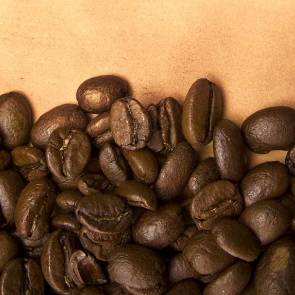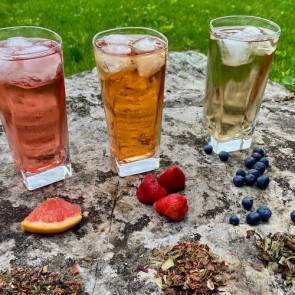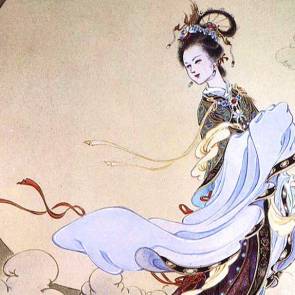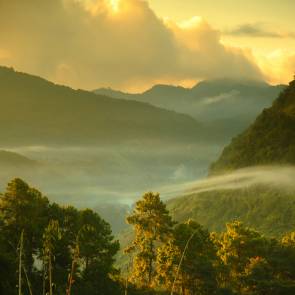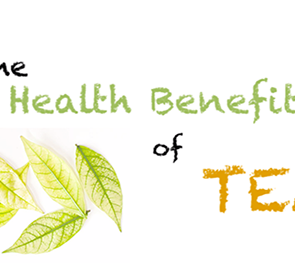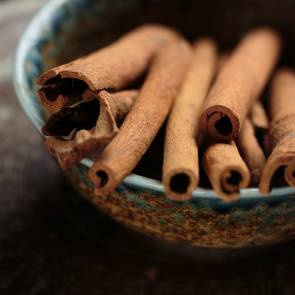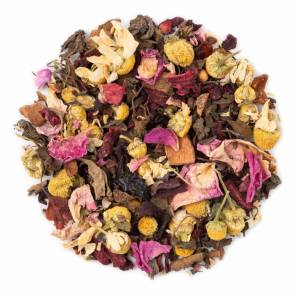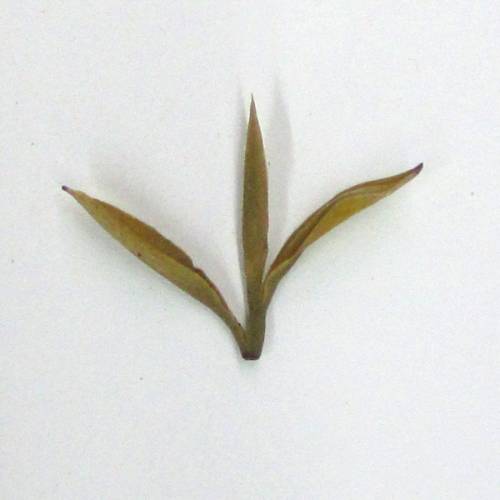
I had called a local tea shop a few weeks ago to find out if they had any yellow tea from a different farm than our suppliers so that I could do some taste comparisons, and got this unexpected answer: “Sorry sir, there is no such thing as yellow tea… we do have some chamomile tea; that’s yellow.“Well, there actually is such a thing as yellow tea, but it is not often that you will see it locally as it is rare and extremely expensive.

Yellow tea starts off the same as any other tea (all tea comes from the same plant, Camelia sinensis). It begins its processing cycle very similarly to green tea, however instead of drying the tea leaves after the withering process, yellow tea is wrapped in a cow-hide and alllowed to dry very slowly. As a result of this slow-drying process, the leaves yellow and acquire a very unique, slightly sweet aroma, very different from the grassy or vegetal characteristics usually associated with green tea.Yellow tea is produced primarily in Annhui and Hunan provinces, although it is also produced in small quantities in Yunnan Province.This Yellow Tea is a first flush harvest cultivated at an altitude of approximately 5000 feet and is completely hand-made, from plucking through to final processing. This labor-intensive process, and the fact that only the highest grade of tea leaves are selected to be processed in this fashion, result in the higher cost of this luxury tea. The dry leaf has a semi-fuzzy appearance similar to a silver needle, however after the 2nd steeping the leaves are soft enough to open up and you can see the classic ‘two-leaves and a bud’ profile.

The aroma of the infusion is lightly fragrant and sweet, and the flavor is very light and somewhere between the fragrant sweetness of a fine silver needle and the soft clean flavor of a lightly steeped Dragonwell (Long jing).



